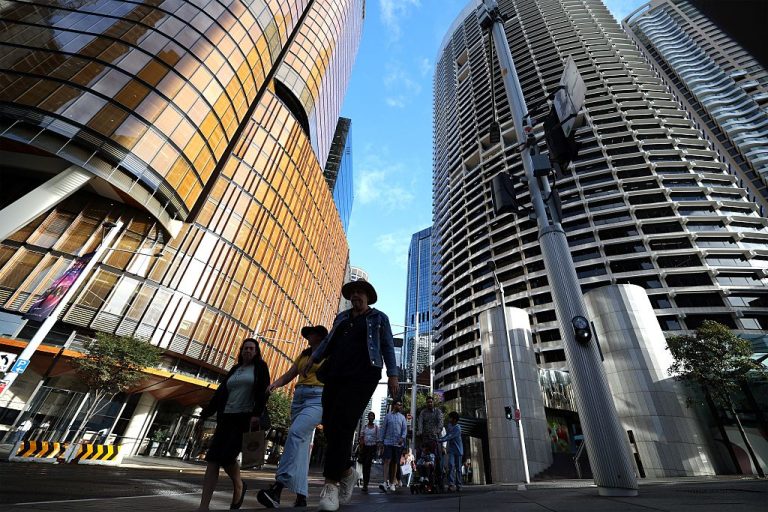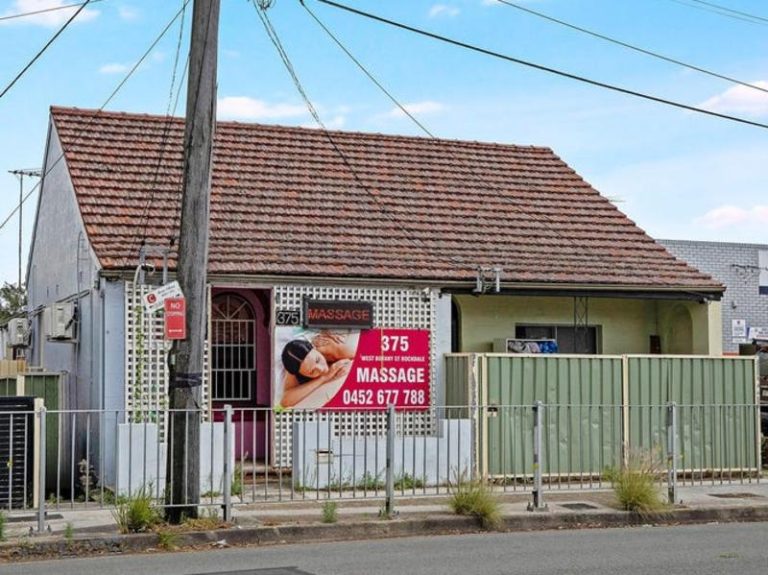Moving up: Stockland joins global and local developers in build-to-rent market

An artist’s impression of Stockland’s M_Park development at Sydney’s Macquarie Park, which will include 485 apartments.
Property heavyweight Stockland will launch its first build-to-rent projects in Sydney’s Macquarie Park precinct as it steps up its push into the emerging sector.
The move is significant as it will see the country’s largest listed residential developer start to roll out the new style of housing across more of its holdings.
And it comes as other large players, ranging from US giant Greystar, Canada’s Brookfield and local rival Lendlease, also forge ahead with the specialist unit blocks, helping to alleviate the national housing crisis.
Stockland chief executive Tarun Gupta flagged almost two years ago the developer would look at capitalising on its status as the top residential player and seek to become an owner as well as selling homes.
It has since dramatically expanded into land lease estates and has the capacity to become one of the prime movers in build-to-rent due its scale.
Stockland will build three complexes with about 485 apartments in the second stage of its massive M_Park life sciences and technology precinct at Macquarie Park instead of developing a purely office focused precinct.
The plans would see it demolish Johnson & Johnson’s building and put up the new-style blocks. The healthcare company is slated to move into a new part of the M_Park life sciences space.
The developer confirmed it was pushing ahead with a revised plan for the second stage of the precinct and it remained committed to driving investment in the health, education and technology sector aspects of the overall park.
“The new proposal will enhance land use on the site by delivering a mixed-use precinct which includes build-to-rent, retail and office as well as lifestyle amenities and activation to support an 18-hour economy,” a spokeswoman said.

Stockland managing director and CEO Tarun Gupta at the Macquarie Park site for M_Park.
The new scheme is designed to match a tougher market for offices and also address the surging demand for homes. Stockland could get the M_Park precinct moving faster by including the units, with the residential element potentially sparking up the overall area.
Some developers are quietly dropping office plans and investigating the feasibility of build-to-rent projects, which are hailed as part of the solution to the country’s rental crisis.
Big specialist operators are already moving on their projects and expanding into new markets.
US sector giant Greystar is expanding across Australia and has just broken ground on one of its key sites in Melbourne, in inner city South Yarra. Building is under way on that site, which will have 617 units, and in South Melbourne, where a 700-unit complex is being built.
The company has also secured a site in Sydney, moving in despite the city’s higher land costs, which have hindered more rapid industry expansion in the NSW capital.
“Our growth aspirations remain strong,” Greystar Asia Pacific managing director Chris Key said, with the company’s local pipeline now at about 2200 units.
Mr Key said more projects were required to meet the demand for accommodation in Sydney but acknowledged the difficulty in securing suitable land in the right locations.
He is optimistic that developers will be able to offer build-to-rent products across the pricing spectrum and boost housing supply. Developers may run into limitations in the domestic financing market and are hopeful that more offshore banks, as well as non-bank lenders, get involved.

From left: Greystar’s Chris Key and Sean Ryan, with Hickory’s George Abrham, turning the first sod at the build-to-rent project in South Yarra.
Mr Key is optimistic that the wave of investment into the sector will drive momentum and help prove the case for build-to-rent, which is already the largest and most liquid property asset class internationally.
“We remain optimistic about the scope and potential for what BTR can do in Australia,” he said.
Mr Key said there was a “tremendous opportunity” for the sector, even as it faces some hurdles, as participants would own buildings for long periods. “We think longer term and that should, hopefully, set us up well for the decades ahead.”
Other players are also pushing beyond Melbourne for build-to-rent sites. Brisbane has drawn both Canadian investment powerhouse Brookfield and local giant Lendlease.
The offshore group has unveiled a dual tower site in its Portside Wharf precinct in Brisbane’s northside suburb of Hamilton. The move came just months after property major Lendlease announced its first site nearby.
Brookfield’s The Hamilton project is designed by Fender Katsalidis will feature a dual tower with 560 studio, one, two and three-bedroom apartments set back from the Brisbane River. Renters will have access to an onsite concierge, a health and wellness spa, a co-working space and a dog wash.
Institutionalised rental homes are growing as one of the elements of a solution to Australia’s rental crisis. Last month, the federal government announced it would lower the managed investment trust withholding tax rate from 30 to 15 per cent for build-to-rent housing projects, sparking greater interest in the sector.

Brookfield’s planned build-to-rent project in Brisbane.
Queensland is also offering a 50 per cent land tax discount for new build-to-rent projects. The government has acted as Brisbane faces the challenge of ultra-low vacancy rates of less than 1 per cent for much of the past three years, fuelling annual rental growth of more than 20 per cent.
Brookfield head of Australia real estate Sophie Fallman said the fundamentals for expansion locally were strong. “Housing and affordability are strong investment thematics for Brookfield and we want to invest in them around the world, including Australia, where there are compelling tailwinds for these strategies,” she said.
Hamilton is set for a massive economic and development boost over the coming decade as a part of the city’s 2032 Olympic Games, as the home of the athlete’s village.
In the neighbouring Bowen Hills, construction has begun on Lendlease’s first Australian build-to-rent tower at its Brisbane Showgrounds precinct. Partnering with QuadReal Property Group, 443 units will be delivered in a mix of studio, one, two and three-bedroom apartments over 37 levels, housing 600-800 residents.

The Brisbane Showgrounds build-to-rent project developed by Lendlease.
The project is being positioned as a premium offering to appeal to a younger demographic of renters. This is reflected in the amenity on offer, said Lendlease executive director of Queensland development Justin Davies, with a commercial-size gym, podcasting and music recording studios, a sauna, spa and pool included.
“The vast majority of renters in Australia we still see are aged between the 20 to 34 categories … so we do expect many of our future residents will fit into that demographic,” Mr Davies said. “So that’s really taken into account in the way we’ve designed the apartments, but, in particular the amenity that’s been provided.
“We do cater to families and downsizers as well. It’s important for making sure we attract renters – but, equally, we want to keep them and retain them as part of our community.”
Lendlease has flagged it is looking for more sites nationally to help grow its offering with the help of its partners. “It’s key that we diversify our housing tenure and products across the market,” Mr Davies said.
The developer, and many others, believe the sector has plenty more to offer through the cycles that so often hit the broader real estate industry.
“We do have housing challenges, and build-to-rent offers another avenue for international and institutional investment in the housing product area. It’s not saying it’s going to solve everything, but it’s another part of the market that can keep supplying housing.”







